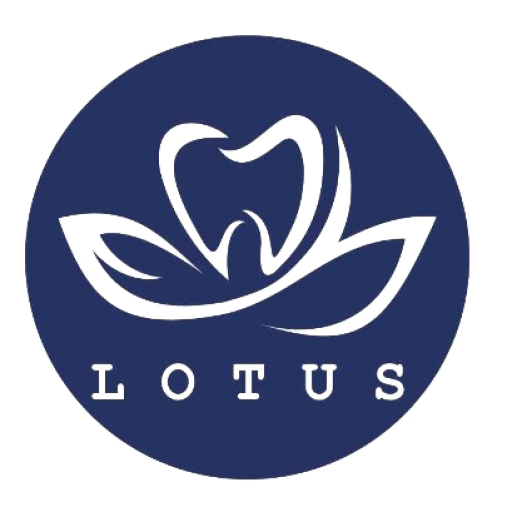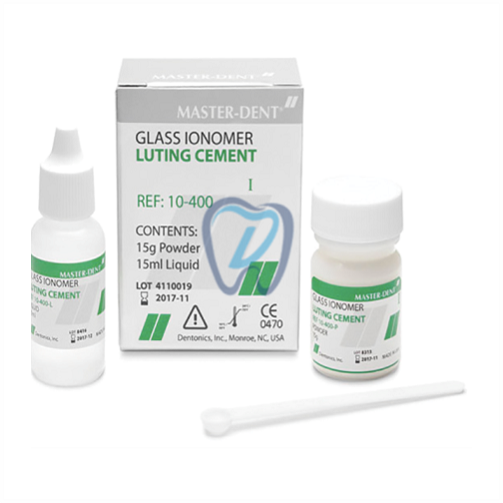[vc_row][vc_column width=”1/3″][/vc_column][vc_column width=”1/3″][us_post_title align=”center” css=”%7B%22default%22%3A%7B%22color%22%3A%22%23ffffff%22%2C%22background-color%22%3A%22%23051D63%22%2C%22border-radius%22%3A%2230px%22%7D%7D”][us_image image=”12701″ size=”medium” align=”center” el_class=”borderr”][/vc_column][vc_column width=”1/3″][/vc_column][/vc_row][vc_row css=”%7B%22default%22%3A%7B%22margin-top%22%3A%22-50px%22%7D%7D”][vc_column][vc_column_text]
Glass Ionomers were introduced for the first time in late 1960s by Wilson. This Cement was introduced as glass polyalkenoate which is composed of Silicate cement and Polycarboxylate.
Advantages of silicate cements includes beauty (similar color to that of a tooth), capacity to release fluoride ion and their disadvantages are pulp irritations, high solubility in mouth setting. Main purpose of developing glass ionomer cement was to create a cement that exclude disadvantages of silicate cement and to have an enhanced properties such as higher bonding strength with tooth.
| Type I | For Luting |
| Type II | For Restoration |
| Type II.1 | Esthetic |
| Type II.2 | Reinforced |
| Type III | For Liner & Bases |
| Type IV | Fissure & Sealant |
| Type V | Ortho Cement |
| Type VI | For Core Build-Up |
Glass ionomer cement contains three major parts; polyalkenoate acid soluble in water, glass aluminosillicate and water. Glass ionomer cement with capacity of long-duration release and absorption of fluoride ion, biocompatibility, and tooth natural color similarity, thermal expansion coefficient similar to natural tooth are commonly used in restoration dentistry. Properties, setting time of this cement depend on various factors such as glass powder chemical composition, type and concentration of acid and ratio of powder to the liquid. Glass ionomer can be divided into 6 types and each one has various applications in dentistry. As it is mentioned, variations in glass ionomer types is related mainly to the ratio of powder to liquid and particle sizes of constituents. Maximum size of particles in luting cement is about 15 micron and among the restorative types is about 50 micron.
Application of Glass Ionomer Cements in Dentistry
- Glass Ionomer for Luting:
This cement works as luting agent (paste and chemical bond). Examples includes Meron, Fuji.
- Restorative Glass Ionomer:
Inside the dental holes which are not under functional stress, such class 3 or class 5 holes and root decay and some types of class one holes such as pit lingual surface of upper anterior teeth, this type of cement may be applied as a final restoration.
- Glass Ionomer Cement Mixed with Metal:
This class of cement is applicable as base build up.
4-Glass Ionomer Cement Mixed with Metal (GI-cement or Cermet Metal Reinforced):
This type of cement is composed of glass particles fused with metal under 800 ˚C temperature. This cement are gray, metallic or opaque in color. The type of metal used in this cement is commonly silver, however, other types of metal such as Gold, Tin, Palladium and Titanium are also have also been utilized. Scientific researches indicated that the rate of fluoride release in cermet cements made based on silver are lower than common glass ionomer cements when considering equal amount of each types. Owing to the replacement of glass portion with metal, acidic base setting reaction that causes fluoride release happens with a lower extent although fast. Similar to common glass ionomer cements, setting reaction in cermet cements results from acid and base interaction. Owing to their gray color coming from metallic ingredient, cermet cements are less often applied in beauty restorations. So far, efforts have been made to improve its color by including types of pigments, however, its opacity has not been reduced to a favorable level yet. Because of its disperse and hard phase and conductivity of metal ingredient, cermet cements are developed with the hope to improve mechanical properties, especially fragility and abrasion while retaining enamel and dentin adhesion property. Cermet cements possess higher level of compressive strength but lower level of flexural strength and abrasion resistance comparing to those of common glass ionomer. Cermet cements may be used to restore dental crown and to be applied as base. Examples include Argion cements.
[/vc_column_text][/vc_column][/vc_row]


